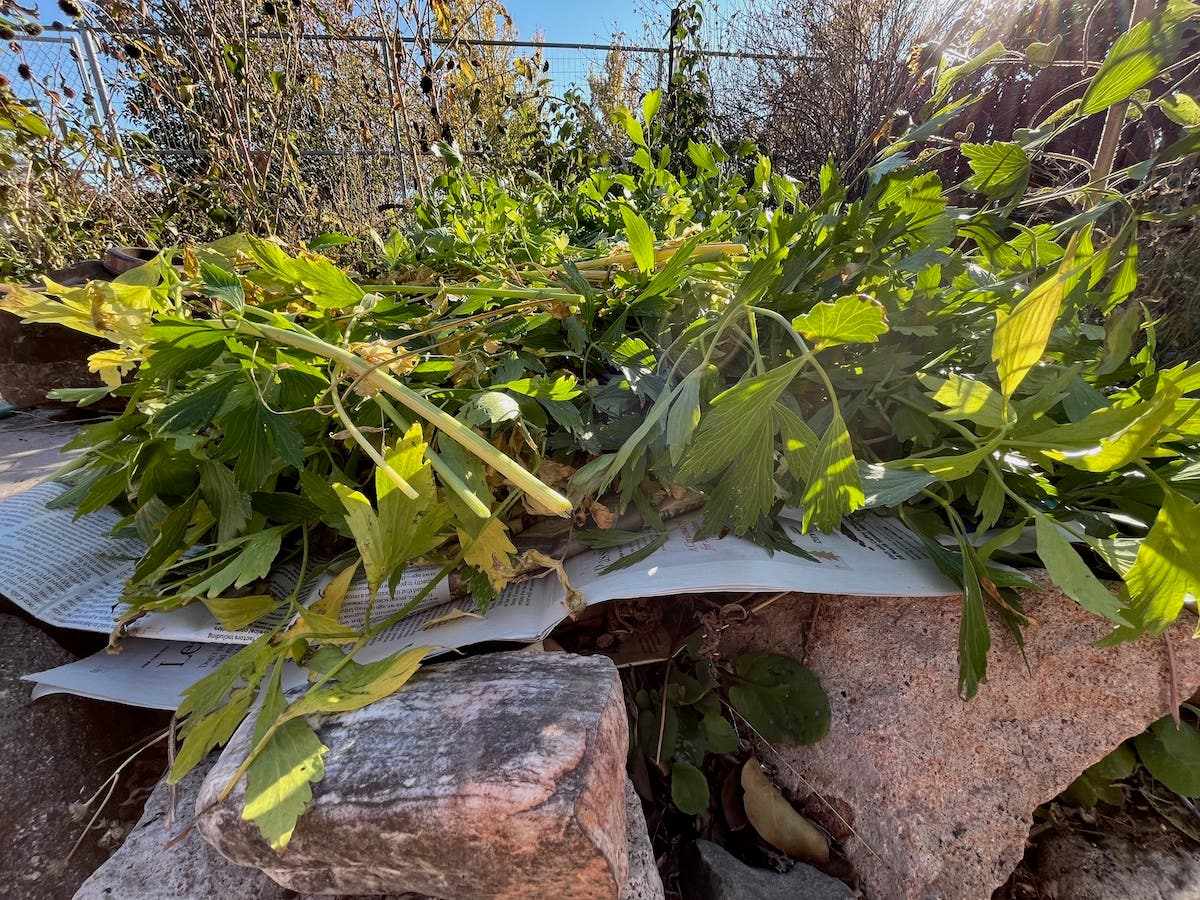Gardening on the Cheap: Plant Shopping on a Budget
Garden centers can be dangerous places for the budget-conscious gardener in springtime. Who can resist all those beautiful flowering plants? Here’s how to shop for plants without breaking the bank.
Garden centers can be dangerous places for the budget-conscious gardener in springtime. Who can resist all those beautiful flowering plants after a winter mostly bereft of bloom? Before you purchase a blossoming annual, perennial, shrub, or tree, consider it’s performance value in your garden. Ask yourself questions like: Does annual dianthus thrive all summer here, or will it collapse at the first sign of heat? Can I really afford the money and planting space for azaleas with a three-week flowering season and not much to recommend them the rest of the year? Or are my hard-earned dollars better spent on shrubs with several seasons of interest? Even if the azaleas are a bargain compared to plants with more persistent appeal, once they finish flowering—and the dianthus croak—you’ll be tempted to rush out and buy another blast of color.
If your busy schedule allows, shop twice—and the first time, leave your wallet at home. Pack a digital camera, pen, and paper, and make photos and lists of all the plants you can’t live without, as well as their prices. Back at home, consider which plants truly belong in your garden. There’s no pleasure in watching new acquisitions die in their pots because you’re too busy to plant or the garden’s too crowded to squeeze them in. A little cooling-off period also gives you time to evaluate which plants will thrive in your particular soil and allotment of sun or shade before bringing them home.
Once you’ve made your selections, here’s a tip to help your new plants prosper: Many woody plants are grown in a pinebark-based medium that is incompatible with heavy clay soils, while annuals and perennials are often sold in peat moss mixes that dehydrate quickly on fast-draining soils. Check the mix your plants are potted in. If it’s substantially different from your garden soil, carefully loosen and remove some of the growing media before planting. Once in the ground, gently flood the plant with enough water to wash garden dirt into the root ball. It’s called “muddying in”, and it forces large, deadly air pockets away from the roots. The excess water will drain away, leaving your plant with its roots snug against the soil.
Speaking of water, have you considered getting a rain barrel? The barrels themselves aren’t cheap, but the water in them is free and may save your languishing vegetable garden or newly planted crape myrtle tree if your city gets hit with drought. If a rain barrel is a budget-buster, though, there are other ways to recycle water into the garden, including: washing dishes by hand and collecting the rinse water; keeping a pail in the shower to catch cold water while waiting for the hot water to arrive; and pouring leftover drinking water into a pail headed for the garden rather than down the drain. A little water-consciousness training now may make a life-or-death difference to important plants this summer.







